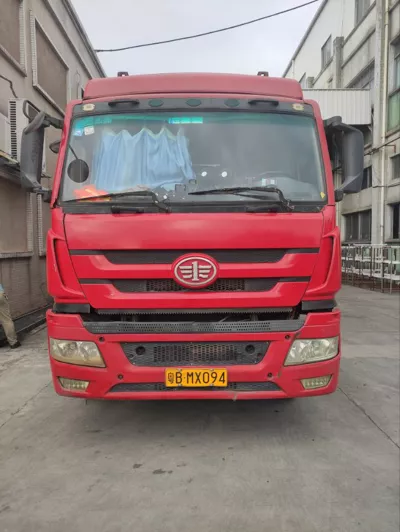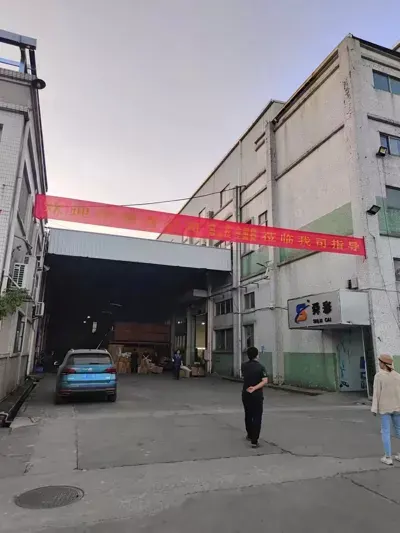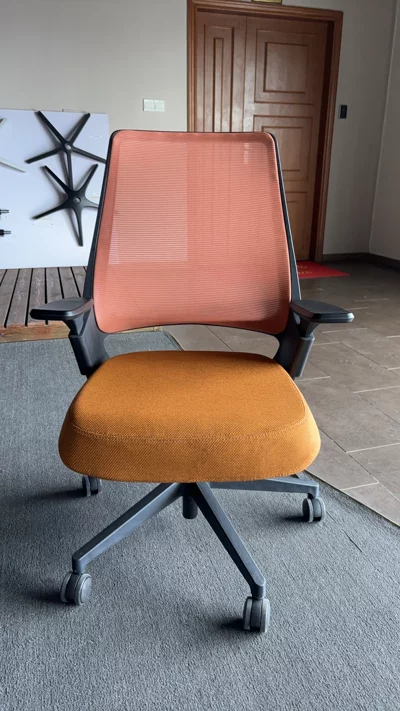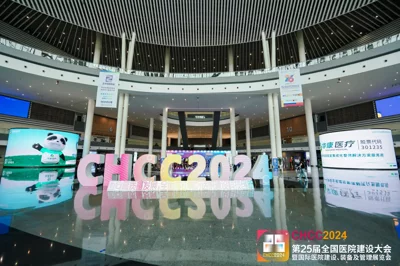24 Hybrid Work Buzzwords to Decode Before You Talk to Clients Part 1
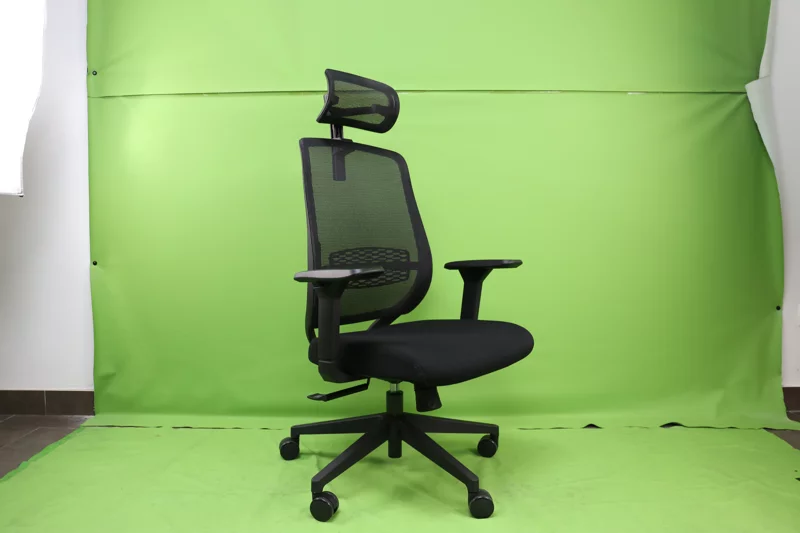
Introduction
An idea keeps bugging me.
I can perform most of my tasks with just my laptop, whether I'm at the company office, my home, or a nearby Starbucks.
But I still commute to my office every day.
As a Gen Z worker who entered the workforce in 2023, I've experienced this shift firsthand. I started out as a salesperson at a contract-grade office chair factory, where manufacturing tasks required my physical presence (learning the nitty-gritty of the business from manufacturing to managing relationships with clients).
But when I transitioned to online marketing (working on SEO and SMM), I discovered I was actually more productive working away from the factory's distracting environment.
This personal revelation reflects a broader transformation.
Lockdown measures following the COVID-19 outbreak forced companies worldwide to adopt remote work, and many employees discovered they could be just as effective - if not more so - working from home, with the help of telecommunication software and tools like Zoom.
Having more personal time for family was just one of the many benefits of WFH.
When lockdown measures were lifted in favour of the economy and return-to-office policies emerged, resistance was inevitable (much stronger in the developed economies).
The compromise? Hybrid work arrangements that balance employee flexibility with management oversight.
For those of us in commercial furniture and workplace design, understanding this shift isn't optional. Our clients are navigating new workplace trends, concepts and vocabularies daily.
Workers have different expectations in this post-pandemic age. Companies need to adapt to such expectations and offer human-centred workplaces - in order to attract and retain talents.
That's why I've compiled this guide to 24 hybrid work buzzwords you're likely to encounter - terms that will help you speak confidently about the workplace trends reshaping our industry and how to adapt to such trends to stay competitive.
24 terms to decode
1. Quit-tok:
A viral phenomenon where workers - largely young people - publicly post their resignations or layoffs on the short-form video platform.
The trend gained momentum as frustrated employees take the platform to rant against poor working conditions and management - attributed as their reasons to leave.
Just like quiet quitting (discussed down below), "quit-tok" criticises the systemic failure of the pre-covid work practices that compels corporate leaderships to create a more sustainable workplace that help retain talents and stay competitive.
2. Coffee badging
As pandemic restrictions eased, companies started to implement return-to-office policies (either completely or gradually through going hybrid).
Some employees developed creative ways to comply - without fully abandoning remote work.
They have taken to:
- briefly going to the office building
- tapping in with their ID badge (this is where "badging" comes from)
- grabbing a coffee while socialising with their co-workers
- leaving to work elsewhere
Some companies uphold an attendance policy, so many employees have chosen this method to protest the RTO mandates while maintaining bare minimum compliance.
While it satisfies company tracking systems, it helps very little when it comes to improving collaboration or productivity. More often than not, it leads to a lose-lose situation.
Employees feel pressured and disengaged, and companies don’t achieve meaningful in-office participation.
Coffee badging can signal that the workspace doesn’t support employees’ current work habits or expectations. It's an opportunity to discuss ways to design more inviting, purposeful in-office environments that genuinely attract people - rather than simply policing attendance.
3. Quiet quitting/hiring/firing/cutting/vacationing
The pandemic has given birth to a "quiet" trend and a host of loosely-related terms that swept across headlines and LinkedIn feeds.
These buzzwords describe subtle shifts in workplace behavior - unnoticed changes that will have serious repercussions on teams and organisations.
Quiet quitting:
It describes the practice of employees performing exactly what their role requires.
No less, no more.
Rather than quitting the job, it's about setting clear boundaries and resisting overtime or tasks outside the job description.
Quiet quitting has gained momentum as many workers took a re-evaluation of priorities during the pandemic, seeking a better work-life balance.
Quiet hiring:
Probably in response to the "quiet quitting" phenomenon, a similar term "quiet hiring" has come into place among the employer circle. It refers to a strategic approach to acquiring new skills while keeping headcounts and costs in check.
They usually do this either way:
- hiring independent contractors (like designjoy) to perform tasks at rates that are more justifiable than developing in-house teams
- delegating more responsibilities to permanent employees beyond their current job description
Interestingly enough, these outside contractors more often had a traditional job before leaving their companies to sell their services as independents - for flexible work hours.
Quiet firing/cutting:
A toxic practice of pushing employees to quit out of frustration by:
- downgrading their roles
- reducing responsibilities
- limiting their access to support, opportunities or resources
It's used to avoid firing them formally, thereby taking on legal risk.
Quiet vacationing:
Generally, workers in Western countries are entitled to varying amounts of paid leave annually (although there is no legal paid holiday in the US, most companies offer paid vacation time to their employees).
However, it's not necessarily easy for a worker to get paid leave without receiving pressure from their managers that can threaten their opportunities within the company.
So some employees decide to:
- take their days off
- choose to work remotely
- continue to work (but put in fewer hours)
- stay unreachable
All these workers have one thing in common: they never notify their their employer or asking for annual leave (even it's within their rights or part of their compensation packages).
If your client mentions witnessing the "quiet" trends in their workplace, it's a sign of underlying points in workplace culture or policy.
Ask about transparency around roles, expectations, and support for work-life balance.
Spaces designed with clear zones for collaboration, focused work, and genuine rest can help tackle issues around disengagement - sometimes, the right environment encourages candid conversations about employee needs.
4. Proximity bias
As economic life was back to normal after years of lockdown, some workers chose to return to the office; others opted WFH.
This created an unintended consequence - proximity bias.
Many employers will inevitably favour those who were physically closer - 96% of employers show bias for on-site employees and take their contributions made in office more seriously, according to a 2022 report from workplace platform Envoy.
If gone unrecognised, such bias can alienate remote workers who are more likely to quit in face of unfavourable treatment in terms of advancement opportunities, task assignments and employment.
When clients mention concerns about proximity bias, it's an opportunity to discuss how physical workspace design can support more equitable hybrid work.
Consider solutions like video conferencing setups that make remote participants feel equally present in meetings, or collaboration zones that encourage inclusive team interactions regardless of who's working from where.
5. Hushed hybrid
With employee pushback against rigid return-to-office policies becoming increasingly common, some middle managers have decided to take matters onto their own hands and turn a blind eye to staff who choose to work remotely.
It's called "hushed hybrid" because of the secret nature of allowing workers work remotely without the approval of senior bosses.
If your clients mention hushed hybrid practices, it suggests a disconnect between official policies and actual workforce needs. This presents an opportunity to discuss flexible workspace solutions that accommodate both in-person collaboration and individual focus work, helping organisations create policies that align with how their employees actually want to work.
6. Biophilic design
As a design concept that stands as an attractive perk for those returning to office, a biophilic workplace offers employees access to nature even while indoors. This human-first design can mitigate the negative effects on mental health a traditional workplace has on its occupants - and improves their overall wellness.
Biophilic design represents a significant opportunity for commercial furniture professionals, as clients increasingly seek solutions that support employee wellness and retention.
Consider recommending:
- furniture made from natural materials
- pieces that complement living elements
- workstations positioned to maximise natural light exposure
These design choices help transform traditional offices into environments that can rival the comfort of home.
7. Hotdesking
Depending on the context, "hotdesking" has different meanings.
In modern office settings, it refers to a practice that workers don't have permanent desks or workstations to their names and change seats frequently within the workspace of the company.
For remote workers, it means independent professionals change their work locations all the time. They can draft a blog for SEO at a Starbucks store in the morning, read and research for their client company's social media marketing strategy at a public library in the afternoon, before they finish their day with a video conferencing with their client at a phone booth provided by a coworking space (like WeWork).
Wherever you choose to work, hotdesking has began to gain traction among professionals in the post-COVID age when flexibility in how we deliver results, while not sacrificing personal wellbeing, is garnering awareness.
Hotdesking may not work for some people, despite its benefits on real estate cost-saving and interaction across teams.
Packing up belongings every day and finding suitable space for focused work are some of the real issues faced by hotdeskers - lack of personalisation and uncertainty about daily seating can work against employee satisfaction and productivity.
If your client mentions hotdesking, understand how their space supports both collaboration and individual needs.
Consider recommending storage solutions, quiet zones, and booking systems that make the transition smoother.
The right layout and furniture help ensure hotdesking work for everyone, not just the most adaptable employees.
8. All hands/stand-up
While some companies acknowledge the benefits that come with remote work in terms of productivity, they also want their employees to regularly turn up in the office to a reasonable degree. The purpose is to keep members of the company (managers and employees alike) close, informed and motivated.
Enter all-hands meetings (or stand-up meetings, both terms are used interchangeably). The term is a shortened version of the maritime phrase "all hands on deck," implying every crew having to contribute.
As a method to strike a balance between productivity and organisational cohesion, all-hands help team members who perform their daily tasks differently stay on the same page.
When clients mention all hands meetings, consider how their space can accommodate both in-person and virtual participants effectively.
This might involve:
- designing presentation areas with high-quality audiovisual equipment
- flexible seating arrangements that work for various group sizes
- dedicated spaces that are reconfigure-able for company-wide gatherings
9. Resi-mercial
residential + commercial = resi-mercial
A design concept that aims to create office spaces that feel like home.
Many workers are reluctant to return to office as they have got used to the cozy environment their homes give them. In response, some employers have taken actions to entice as many as their employees to come back to office by refurnishing and redesigning their once sterile and uninviting workspaces with a residential touch.
Resi-mercial designs and furniture pieces create a more inclusive and welcoming look and feel than the traditional workplace alternatives by adopting softer materials and shapes into the design process.
Resi-mercial represents a significant shift in commercial furniture demand. Clients are increasingly looking for pieces that blur the line between professional and personal comfort.
Think softer seating options, residential-style lighting, and furniture with warmer materials and textures. This trend opens opportunities to recommend products that prioritise both function and the emotional comfort that makes spaces feel more human-centred.
10. Distributed team/workforce
As we are embracing a more diversified way of work, it has given rise to teams and companies that are made up of remote workers based in multiple cities/regions/countries. This is a common organisational structure among many startups, including Dan Koe's Kortex.
Such workforces don't usually have a dedicated office. While some companies with distributed teams have an operating physical office, they generally prioritise staying accessible over the internet at all times.
If physical meetups are necessary (once or a handful of times a year), renting a coworking space is more than enough for the purpose.
The distributed model offers companies access to global talent pools without geographic constraints, while employees gain unprecedented location flexibility. However, it requires robust digital infrastructure and intentional communication strategies to maintain team cohesion across distances and time zones.
When clients mention having distributed teams, their physical space needs shift dramatically.
They may require smaller footprints focused on collaboration rather than individual workstations, or flexible meeting spaces that can accommodate visiting team members.
Consider solutions like:
- hot-desking setups
- video-conferencing equipped rooms
- modular furniture that can quickly adapt to changing occupancy needs
11. Coworking
Coworking as an alternative to the traditional working-at-the-office model has come into being way before the breakout of the pandemic, with notable examples like WeWork.
It refers to people who come from different companies - from bootstrap entrepreneurs to remote employees of multi-billion corporations - working in the same common coworking area.
Coworking spaces have made working more flexible by meeting many needs.
For remote workers, it provides a place where they can focus on work alone without the distractions from the traditional office environment (some companies offer coworking memberships to employees to give them an office outside the home).
Others (including members of distributed teams mentioned above) use a coworking space as an out-of-the-box office or meeting place for several employees. For example, freelancers and startup founders with limited budgets benefit greatly from the convenience an office-for-hire provides.
The rise of coworking reflects changing expectations about workspace flexibility and community.
For traditional office clients, this trend signals opportunities to incorporate coworking-style amenities like:
- flexible membership areas
- hot-desking zones
- shared collaboration spaces that can be rented by external teams
Consider furniture solutions that support quick reconfiguration and accommodate varying group sizes throughout the day.
12. Asynchronous work/asynchronous communication
If a company comprises of people across different locations - often encompassing multiple time-zones, it is quite unreasonable to expect every member to stay online during work hours. Since distributed employees have out-of-sync schedules, they work and communicate "asynchronously."
Tools such as DMs (direct messages), emails, video-conferencing software are used to keep teams working different time-zones stay in touch.
When designed properly, an asynchronous structure doesn't have to be a disadvantage. For instance, members of a distributed team can work on a project for 24 hours because there are always some people who are working because they are located in different time zones.
When clients discuss asynchronous work, their space needs shift toward individual focus areas rather than large conference rooms.
Consider recommending:
- quiet work pods
- private phone booths for recording video updates
- flexible spaces for both concentrated individual work and collaborative sessions when the need for in-person gatherings rises
The Bottomline
I want to keep this newsletter as short as possible, so I decided to separate it into two parts.
Stay tuned for Part 2.
With years of hands-on experience, I have honed my skills in navigating the complexities of global commerce, offering invaluable insights and solutions to address customer needs. My commitment to excellence and dedication to customer satisfaction ensure that I deliver exceptional service, guiding clients through every step of the trading process with confidence and proficiency.
